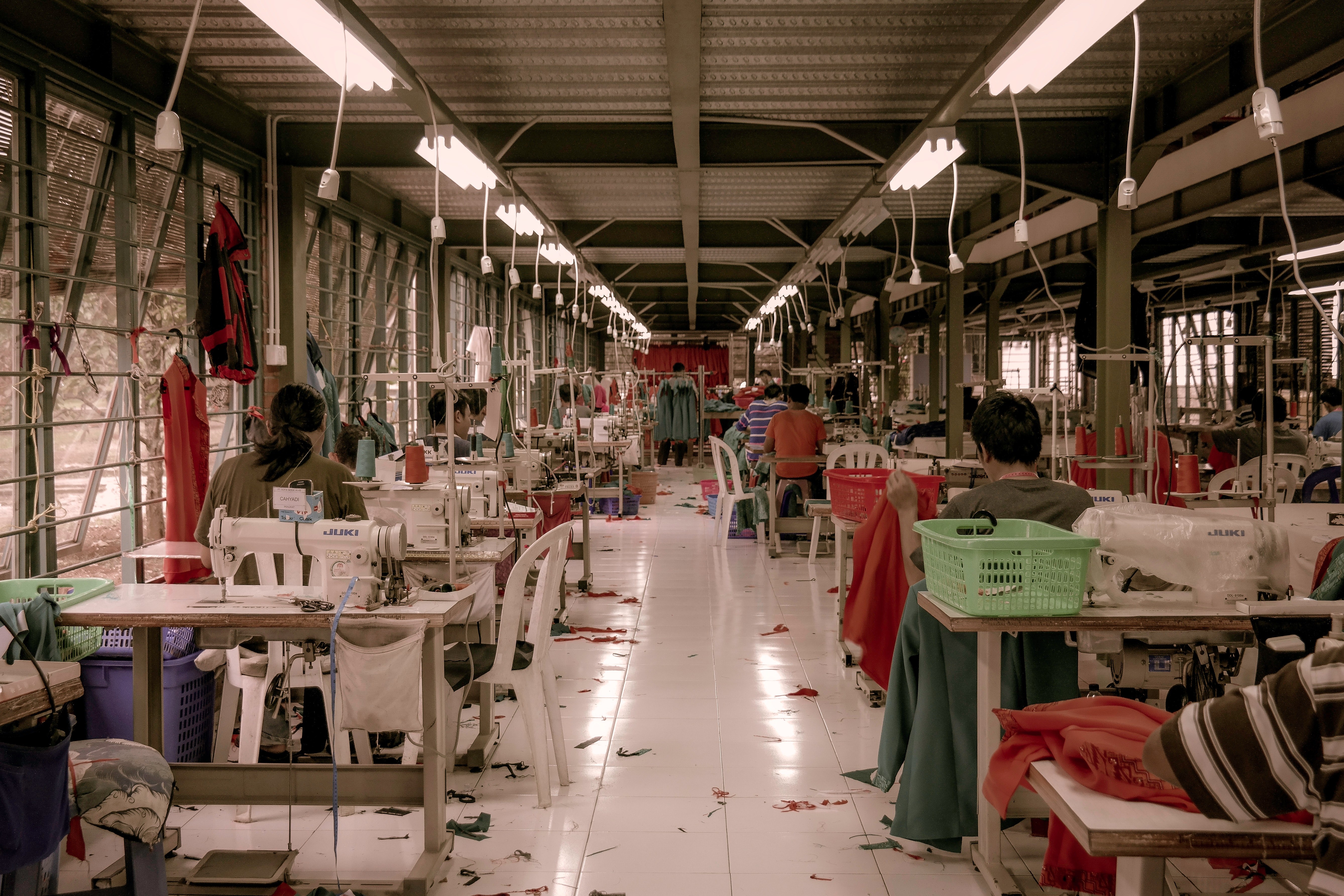With back-to-school on everyone's minds, it's easy to get swept up in the rush to buy more. For most students, back-to-school shopping is a time to reinvent yourself with the latest trends in fashion. However, trend cycles can change in a heartbeat leading to the need to consume more, which also creates waste, with repercussions for our planet. Keep reading to learn more about the impacts of fast fashion and how you can shop more sustainably this school year.
We’ve heard the term fast food but what is fast fashion? Fast fashion is the trend of producing inexpensive clothes quickly to meet high demands of current styles. With rapid production involved, there is a high turnover of collections to ensure people are constantly purchasing new products. Fast fashion however, has many impacts on our environment, society and our perception of value and style. Switching to slow fashion or more sustainable fashion brands for your back-to-school shopping can help to lessen the negative environmental impacts on our beautiful planet.
Fast fashion leads to a lot of clothing waste as it encourages excessive consumption due to how cheap it is. The collections are refreshed frequently to encourage more purchasing. More so, because the clothing is often made from cheaper fabrics that do not last as long, it is harder to donate your clothes as they may not stand up to the wear and tear as well and sadly, a lot of clothes end up in landfills. The major environmental concern here with fast fashion is the vast resource consumption it demands. We end up using a lot of natural resources to create clothes only to throw them away at the end of their lifespan.
The social impacts and consequences are just as concerning as well. Companies are competing to reduce costs which often leads to outsourcing production to markets with lower wages or less stringent labour codes and standards. The well-being of workers are compromised in order to keep prices low and profits high. For multiple fast fashion brands, there are reports of sweatshops, child labor, and unsafe working conditions that have sparked public outrage and demands for both accountability and transparency.

Slow fashion offers a more sustainable and responsible alternative for back-to-school shopping. Slow fashion prioritizes sustainability, ethical practices, and conscious consumption. This offers more quality over quantity in comparison to its fast fashion counterpart. Moreover, slow fashion wants consumers to invest in well-made items that are more durable and will last longer. By choosing to support slow fashion brands, we can extend the life of our clothes and reduce our need to replace our wardrobe pieces or the need to keep up with fast fashion trends.
One key advantage and a reason to choose slow fashion brands for your back-to-school shopping is that they commit to using sustainable materials and adopting sustainable production processes. They are also more likely to use eco-friendly, biodegradable materials like organic cotton, hemp, and bamboo, which in turn have a lower impact on our environment compared to conventional materials. The designers often prioritize materials that are sourced locally. They are also more inclined to ensure fair wages and safe working conditions for their garment workers.
The slow fashion movement aligns with the concept of a circular economy, which aims to minimize waste and maximize resource efficiency. Slow fashion encourages consumers to repair and refurbish their clothing, reducing the need for constant replacements and promoting a more sustainable approach to fashion. To learn more about the importance of a circular economy, visit our Eco360 Program: Transitioning to a Circular Economy.
The fashion industry's transition to slower and sustainable practices is very closely linked to achieving the United Nations Sustainable Development Goals (SDGs). For instance, Goal 12 - Responsible Consumption and Production calls for sustainable practices across industries, including fashion. By adopting slow fashion principles, the industry can make substantial progress towards achieving this goal. Additionally, slow fashion's focus on ethical practices aligns with Goal 8 - Decent Work and Economic Growth) and Goal 10 - Reduced Inequalities, addresses social concerns in supply chain.

Here are a number of steps you may want to consider to adopt slow fashion for back-to-school shopping this year as outlined below.
Follow some simple care instructions to make your clothes last longer.
Consider purchasing from brands that embrace slow fashion.
Purchase second-hand clothes to prolong the life of a garment while supporting local charities and causes with your own clothing donations and/or purchases.
Up-cycle old clothes to create new ones or create something totally different.
Purchase clothing items that are made from recycled materials.
Follow tips on how to make your clothes last longer. A good example is this blog post.
Embracing slow fashion allows us to redefine our relationship with clothing by valuing quality, durability, responsible practices and ultimately, this leads us towards a more sustainable and equitable future. Consider slow fashion in your back-to-school shopping choices!
For additional reading, check out some of these amazing resource links.
- Fashion and Circular Economy
- Articles from Vogue Business on Sustainability
- How Cheap Clothing Perpetuates Colonialism
References:
Luana Gomes de Oliveira, Felipe G. Miranda, Maria Amélia de Paula Dias. "Sustainable practices in slow and fast fashion stores: What does the customer perceive?" February 2022. https://www.sciencedirect.com/science/article/pii/S2666790822000180
DW Documentary. “Fast fashion - The shady world of cheap clothing” February 2022. https://www.youtube.com/watch?v=YhPPP_w3kNo


